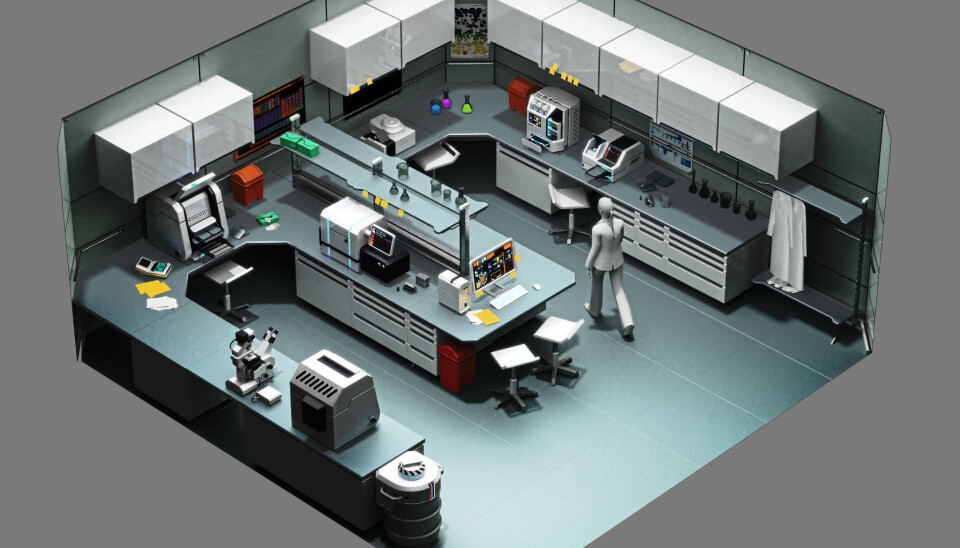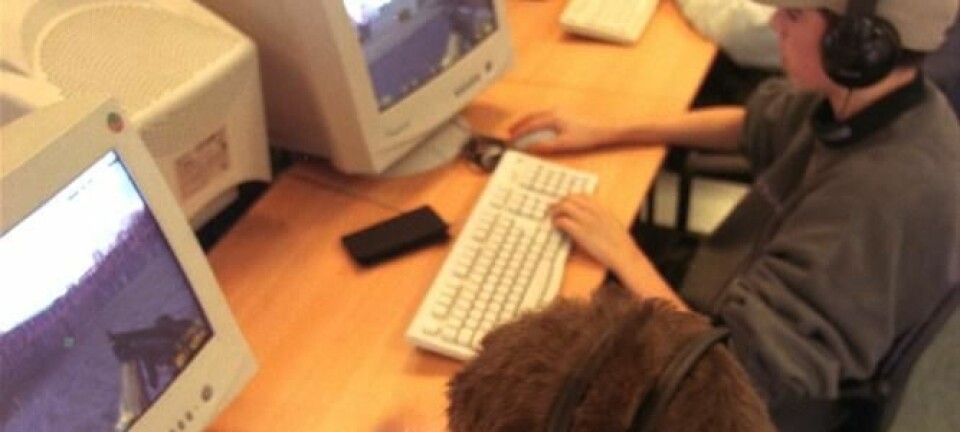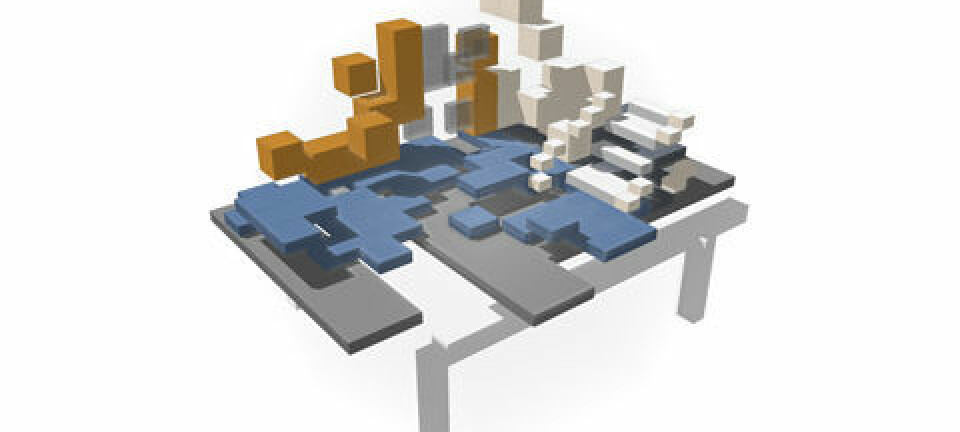
More and more universities use virtual laboratories
Universities are showing great interest in the virtual laboratory ‘Labster’ as new research shows students learn more and have greater motivation when they use the tool.
A new concept is gaining ground in the scientific world. Virtual laboratories are being rolled out in an effort to counter the increasing problem of too many students for too few real laboratories.
Danish technology is leading the revolution through the virtual laboratory Labster, released by the company of the same name a few years back.
Interest has rapidly grown since the initial release and thousands of students in Denmark, Asia, and USA are now using the tool to experiment virtually with mice and test tubes on a computer screen.
An article on Labster, which showed that the virtual experimenters have much higher learning effectiveness, was recently been published in the scientific journal Nature Biotechnology.
Virtual teaching is more motivating
The study authors from the University of Southern Denmark and the Technical University of Denmark looked at whether students learnt more from using Labster.
They found that:
-
Learning effectiveness in teaching was 76 per cent higher when students used Labster rather than more traditional teaching.
- 86 percent of the students said that the teaching was more motivating when they used Labster.
The study was carried out in collaboration with researchers from Stanford University, high schools in Boston and colleges in Denmark.
Students play and learn
Mads Tvillinggaard Bonde, executive director of Labster, sees the students' motivation as vital for their learning.
He says that’s why the virtual laboratory is designed as a modern computer game where you face various challenges and task -- that hopefully stimulates the students’ intellect.
"As well as challenging the small grey cells, the tasks are exciting. Among them is solving a murder in true CSI fashion," he says, adding that the recent article in Nature shows that there are no contradictions between playing and learning.
"They are very much the same thing," says Bonde. "We see that students can sit concentrated and experiment with Labster for several hours at a time. That's because we've mixed rich, subject-related information with interactivity and game sequences."
Translated by: Michael de Laine








